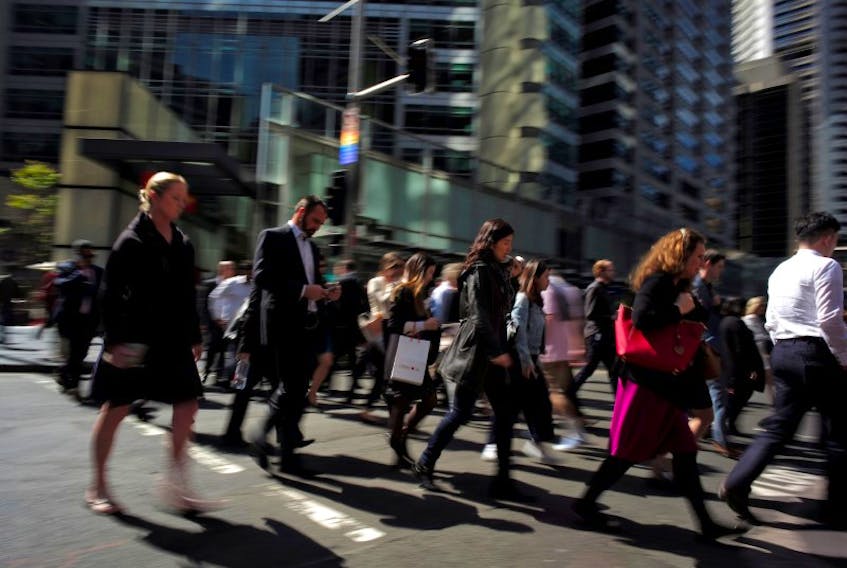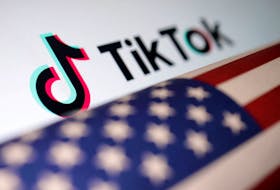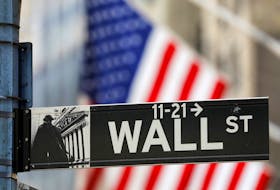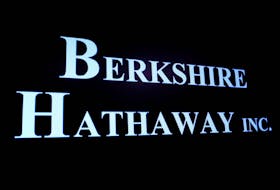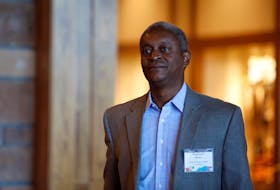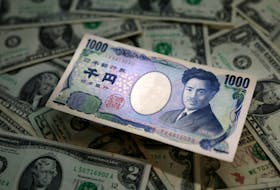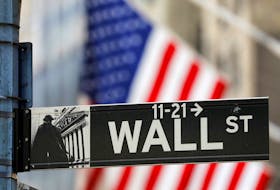By Swati Pandey
SYDNEY (Reuters) - Australian wage growth dimmed last quarter while consumers remained gloomy in November, clouding the outlook for household consumption and suggesting more policy stimulus is needed to brighten the country's sluggish economy.
The wage price index rose 0.5% in the three months that ended September, in line with expectations but down from an already mediocre 0.6% in the June quarter, Australian Bureau of Statistics (ABS) data showed on Wednesday.
Annual wage growth, at 2.2%, slowed from 2.3% last quarter, when economists had expected it to hold steady.
Separately, a survey of Australian consumers showed sentiment remained below average despite three interest rate cuts since June, with pessimists outnumbering optimists.
The weak wage growth and consumer sentiment have weighed on consumption, which has become a "key uncertainty" for domestic outlook, forcing the Reserve Bank of Australia (RBA) to slash its benchmark rate to a record low of 0.75%.
"Wage growth remains one of the key challenges for the Australian economy," said Callam Pickering, economist at global job site Indeed. "It is the key for household spending, inflation and monetary policy."
RBA Governor Philip Lowe has repeatedly said wage growth of "3 point something" was needed to spark any inflation pressure.
Still, Wednesday's figures will be no surprise to the RBA, which only last week said forecast a subdued 2.3% pace through the end of 2021.
The data may, however, embarrass Australia's conservative government, which had predicted wage growth of 2.75% for the financial year ending June 2020 and 3.25% the following year.
The RBA has shown willingness to reduce rates further if needed. Senior officials have also publicly discussed the possibility of unconventional monetary policies in Australia such as quantitative easing or bond purchases.
Financial markets <0#YIB:> imply the cash rate at 0.5% by early next year, when many economists expect policymakers to launch QE.
HOUSING BOOM
Consumer sentiment, though dour, picked up in November from the previous month, led largely by a wider recovery in home prices across the country, Citi economist Josh Williamson noted.
Sentiment among mortgagees increased 4.9% while that of homeowners jumped 8.0%. The index measuring time to buy a dwelling improved by 2.1%.
The boost from housing was expected to stay with a research by ANZ Banking Group
Last month, home prices posted their biggest monthly increase since mid-2015, clocking a fourth straight month of gains. The annualized pace of price increase in Sydney has shot to 24%.
"If this trend continues, we could see property prices reach new highs early next year," said CoreLogic's head of research Tim Lawless.
However, economists reckon a housing boom is not enough to keep the RBA on the sidelines with wage growth remaining weak, unemployment seen edging up and measures of business confidence remaining sluggish.
"Ideally we need to see significant fiscal stimulus soon," said AMP Capital chief economist Shane Oliver. "However, in the absence of fiscal stimulus soon, the pressure remains on the RBA where we expect to see more rate cuts, quantitative easing and more dovish forward guidance on rates."
(Reporting by Swati Pandey; Editing by Gerry Doyle)

